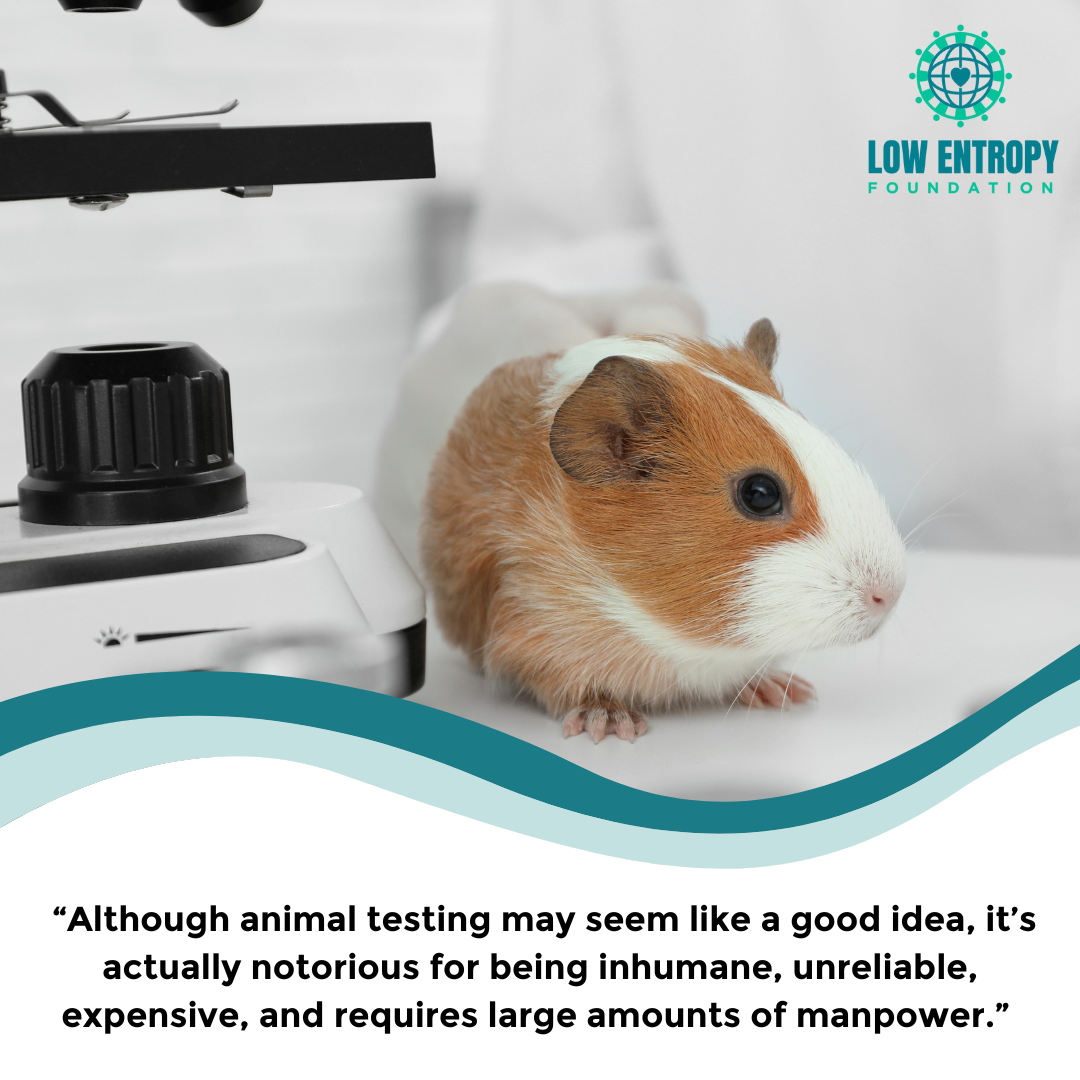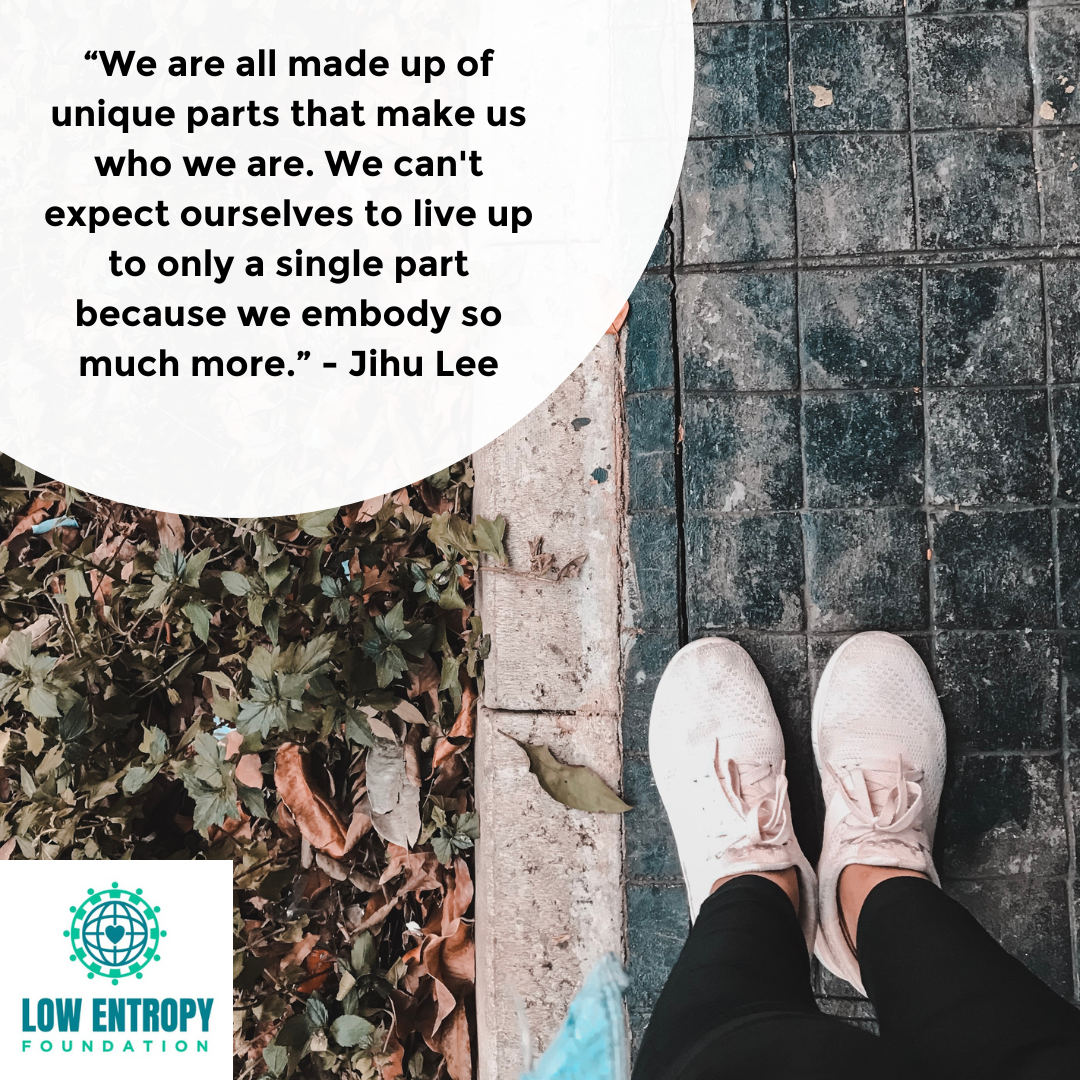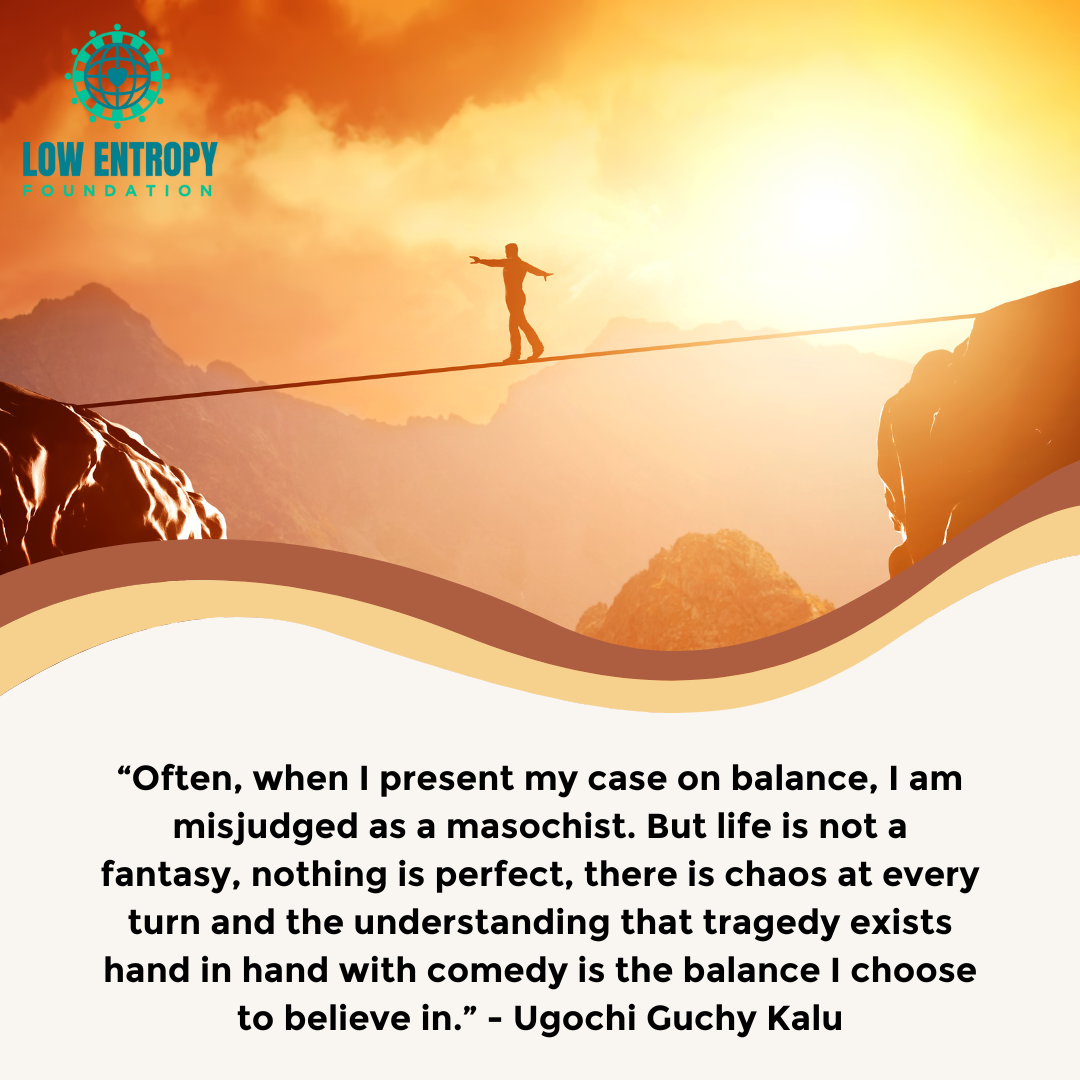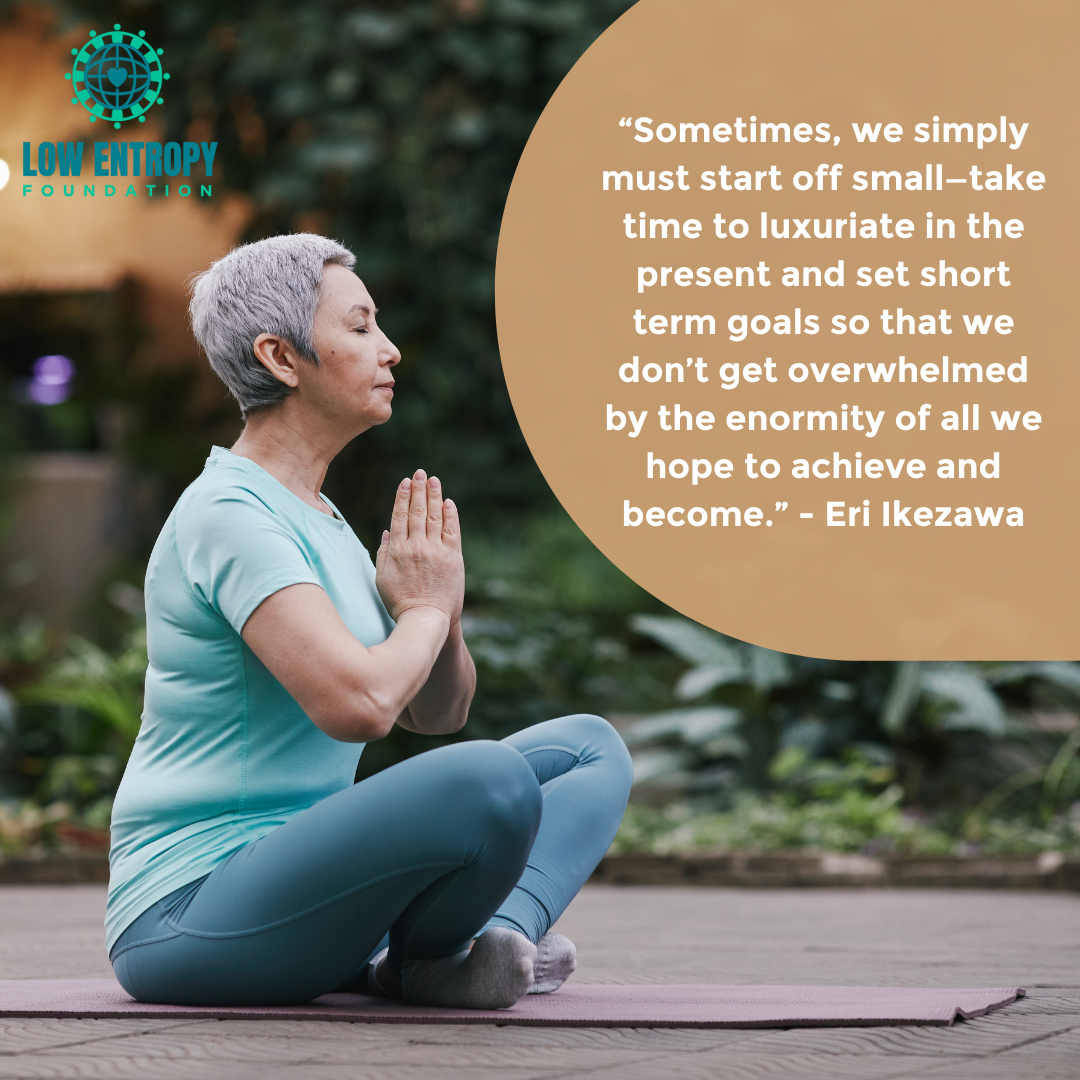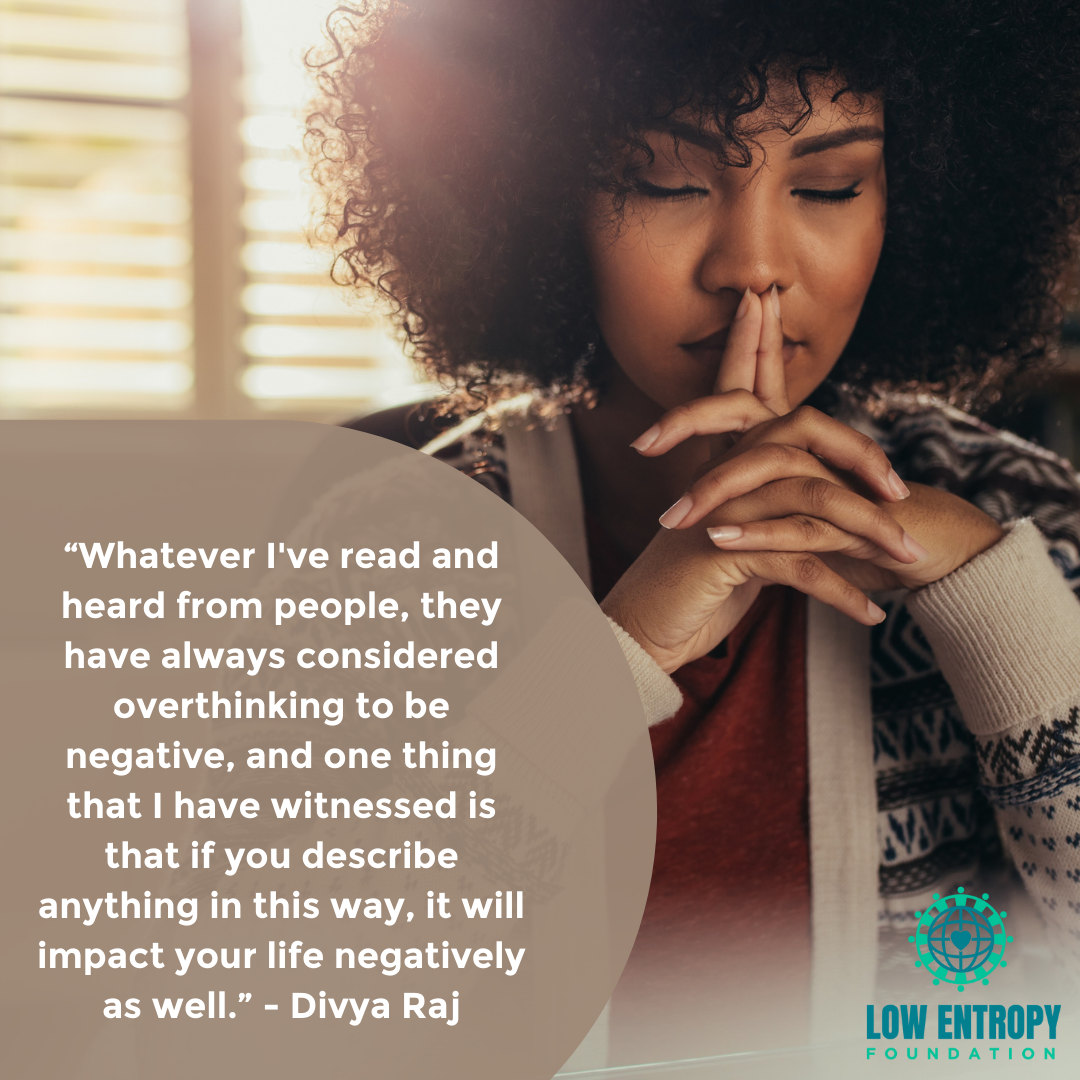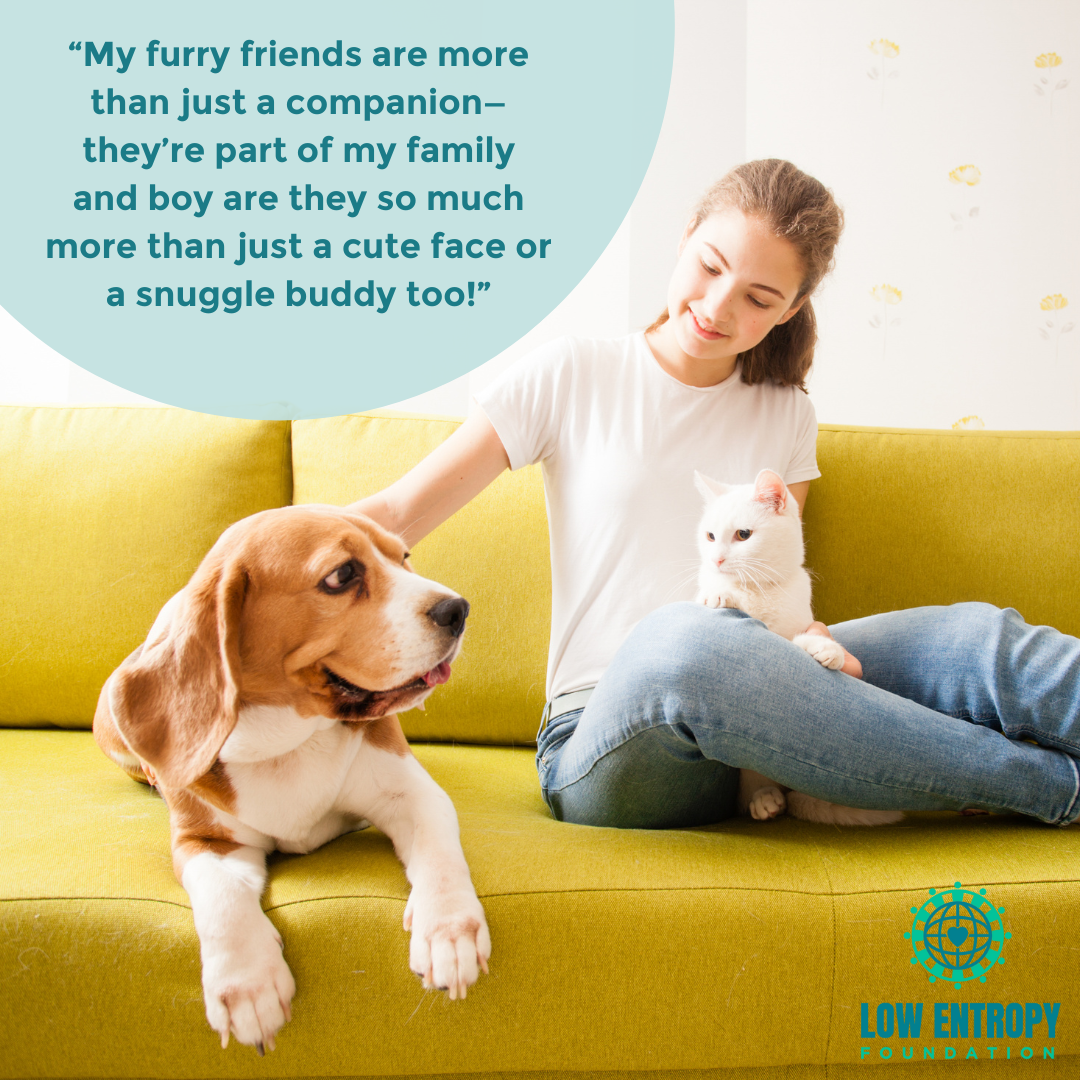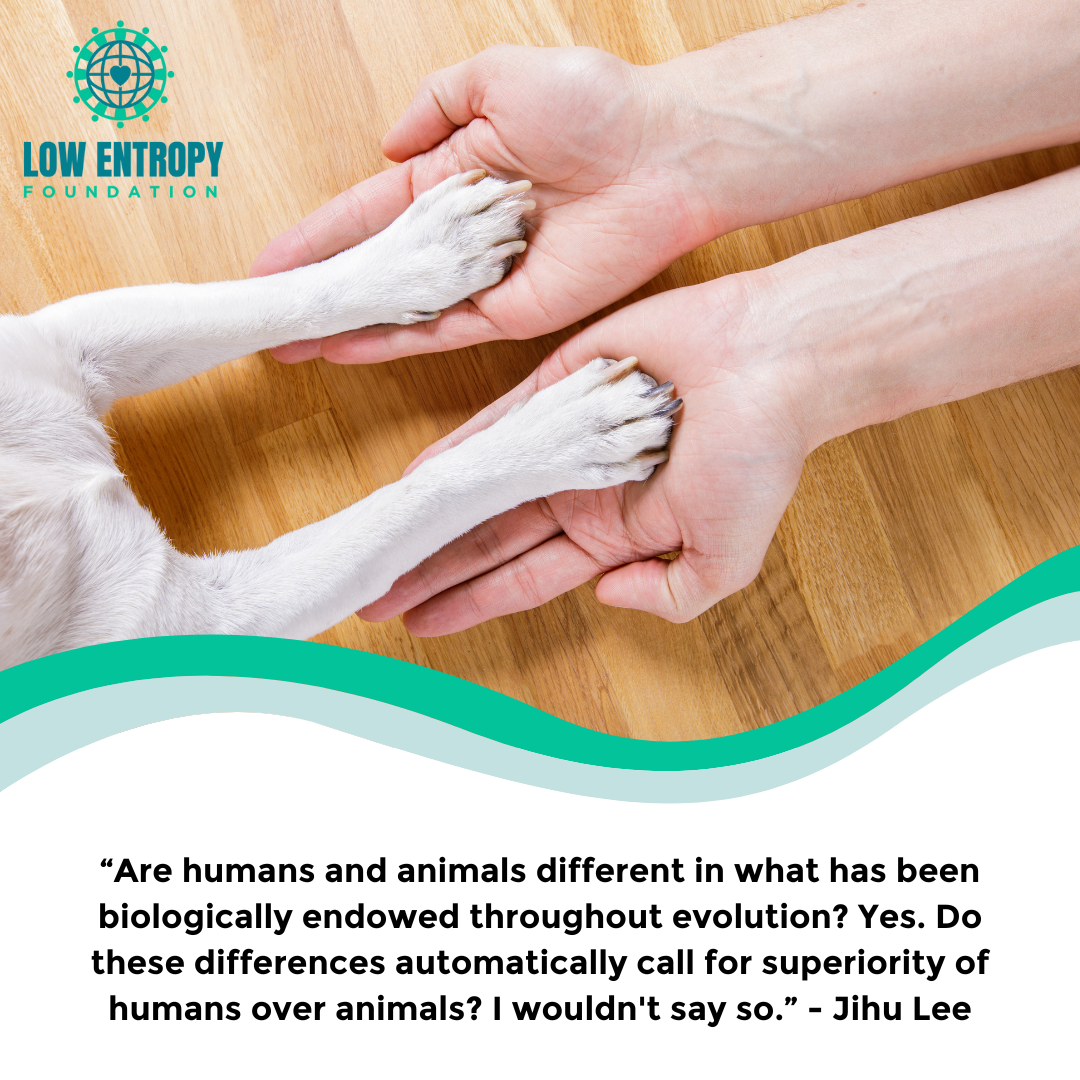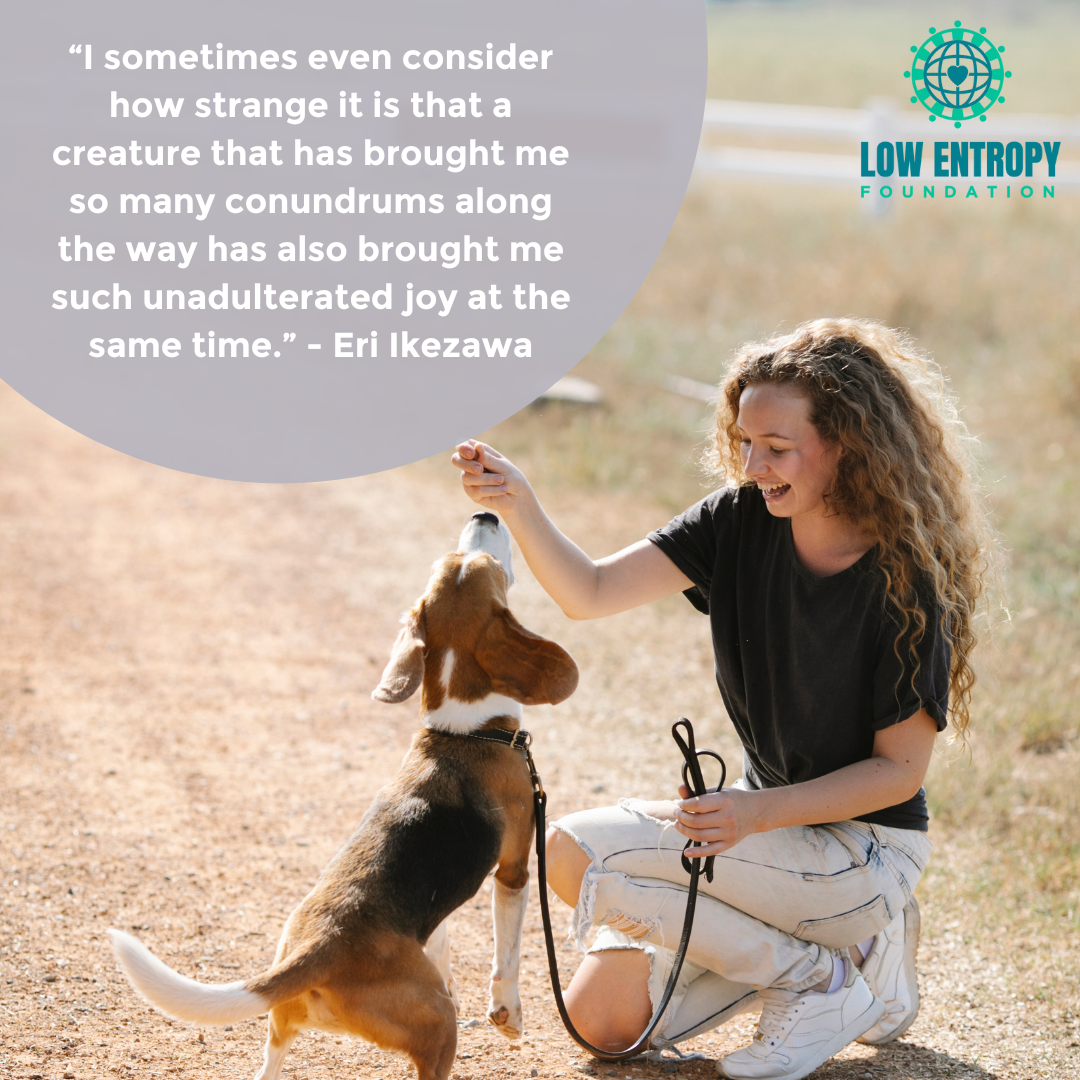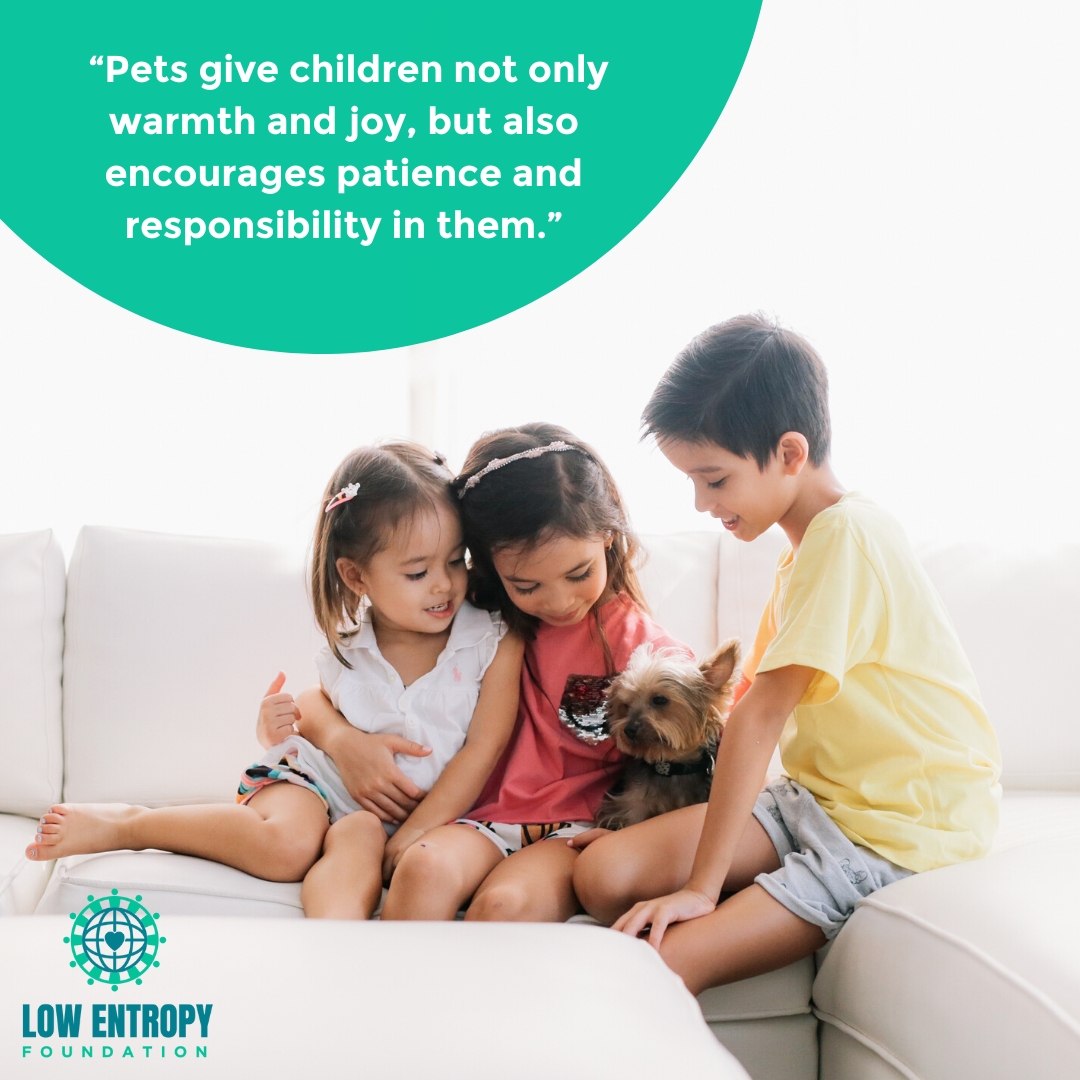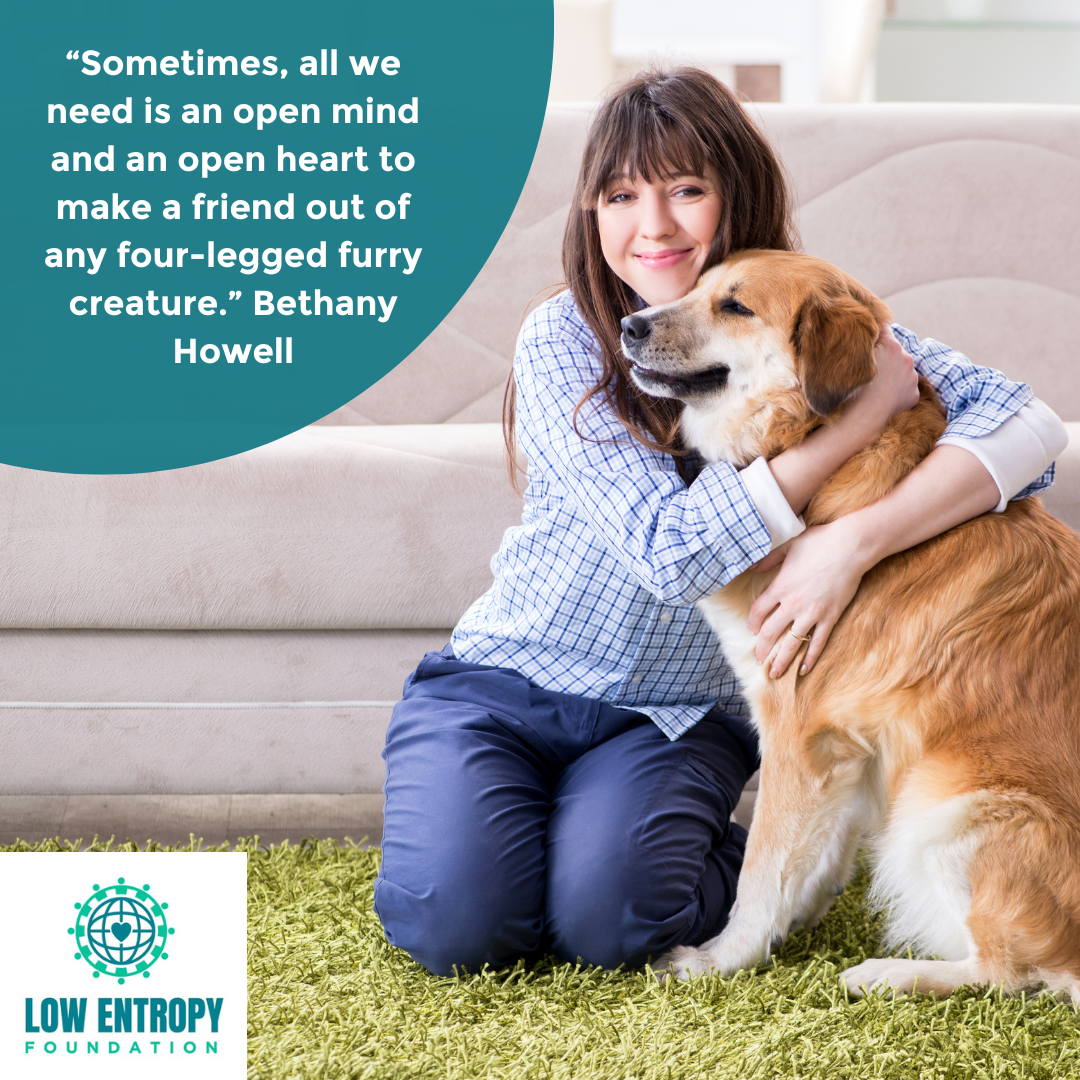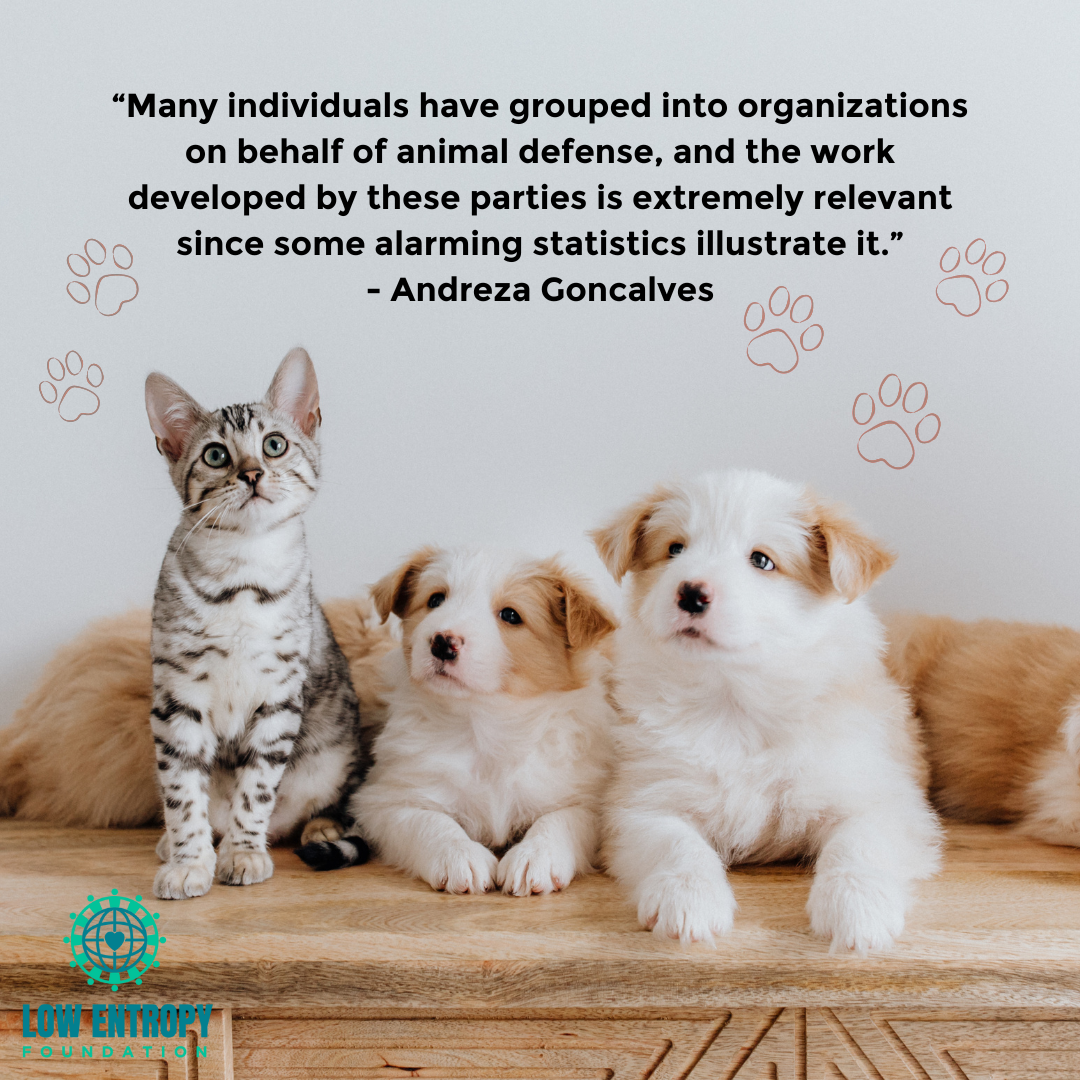Andreza Gonçalves (she/her/hers), Low Entropy Volunteer Writer.
This is Nick (Nick is not a person’s name in Brazil, so it was not our intention to put a human name on our dog), my fluffy canine friend who lives with my parents, but was supposed to be my 23rd birthday gift:
When I go to see him, I have a great time and receive a lot of love. As I care so much about Nick, it is hard for me to even imagine that someone could do something bad or harm him.
Well, now you must be asking yourself what all of this has to do with the headline of this article. Although it seems to be sort of nonsense to talk about my personal experiences previously commenting on animal rights groups, mentioning my dog is an example that demonstrates that pets have conquered space in our society’s hearts.
Animals have always been important in communities for different purposes, but data presented by GFK-Growth from Knowledge– shows that more than half of the world’s population owns a pet. According to information presented by Google (at the time that this article was written) the world has around 7,753 billion people, which means that more than approximately 3,876.5 billion individuals own pets nowadays.
This data demonstrates that animals have become closer to humanity, which, as an outcome, shows that the concern for domestic animals’ welfare has increased substantially in the last few decades.
Moreover, people have also been more worried about what the irresponsible management of natural resources could cause in the next few years. As a result, communities have been looking to better understand the importance of preserving wildlife, in other words, fauna, and flora. Thus, it means keeping watch on plants and animals in their natural habitat.
Because of that, many individuals have created organizations on behalf of animal defense both wild and domestic, and the work developed by these parties is extremely relevant since some alarming statistics illustrate it.
Petipedia.co, for example, is a blog that presents information about this subject and describes current and relevant data concerning the deduction mentioned above:
- Every 60 seconds, one animal is abused;
- Approximately 65% of these abused animals are dogs;
- More than 10 million animals die from abuse in the United States every year;
- Over 100,000 horses are killed in the United States for human consumption each year and
- More than 115 million animals are used in experiments every year.
These numbers, summed with the discoveries science has made, that animals are sentient (capable of experiencing positive and negative feelings, including pain, joy, pleasure, distress, among others) are huge fuel for these activist groups to exist and to fight for these beings rights.
To prevent and punish animal mistreatment, Canada has a relevant conquest concerning animal protection. The Canadian Criminal Code has a special section separated only to dispose of this and penalties that go from imprisonment to the payment of fines.
Even though the issue is regulated in the country, organizations such as Humane Canada argue that there is much more to be done in relation to the topic, since many attempts against animal cruelty amendments in the Canadian Criminal Code were made.
Likewise, in Brazil, animal harm is also on society’s radar. There are severe penalties for men and women responsible for wounding animals. Besides that, as they are considered sentient beings, animals in Brazil also have some civil rights. For instance, they can have a birth certificate, receive a type of “child support” in the case of divorce, and even have a registered legal guardian.
What seems to be an exaggeration to some, might sound like a way of caring and problem prevention to others.
To obtain knowledge about the community’s opinion related to this theme, an Instagram question box was opened and some people were able to share their thoughts.
For example, Dâmaris believes that financial assistance in the case of a divorce is completely necessary. She says, “I think that we have two aspects. The one of species preservation and the emotional one. I agree with both. Ailment assistance for the animal, which was the fruit of a relationship, is totally necessary because only those who had a sick animal know how much we need to spend and we can’t let the animal die for a lack of help. For species preservation, we know about the importance that each one of them has for nature.”
Beatriz, for instance, agrees that animal humanization is wrong. She says that, besides loving pets, they must have their own space and can’t be treated as people. She mentions that “the funny thing is that many declare to prefer animals rather than humans, but in the end, they want to humanize animals by wearing clothes, sleeping on the same bed, buying a baby carriage, kissing on the mouth, and coloring their nails. Note that people actually want human characteristics on pets, instead of dealing with other people, and because of this exaggeration of “human” treatment, animals are also harmed. There is an increase in human diseases passed to animals, DNA manipulation for the pet to attend to human desires, health fragility due to domestication… What I want to say is that all exaggeration is bad for both humans and animals. Animals need to be animals, just as humans need to be humans. All deserve good care and respect”.
The above look demonstrates that the establishment of animal preservation and protection rules sought by groups that fight for these causes might be extremely necessary if done in order to achieve the right purposes. Since wildlife, besides pets, are not able to talk for themselves, these individuals are responsible for developing such a relevant job to prevent wounding and harm caused by human actions.
Apart from that, it is also essential to mention that, besides these communities, which mostly look to save animals, there are also groups who seek animal humanization, and their conduct can even damage these distinct forms of life.
Another extreme example of these types of groups is those that seek animal rescue but have no boundaries to do so. In Brazil, for instance, there is a story about some activists who noticed an industry that was testing on animals. These apparently compromised people did everything they could to rescue the dogs and to stop the business actions. The news says that they were even responsible for tying up security guards in addition to breaking into the building and shutting the company doors.
Notice that, while they were saving the mistreated Beagles, these well-meaning men and women inflicted pain on some of the company employees who had no direct connection to the events that were taking place. It is not right to mention that these laborers shouldn’t be punished due to the actions that took place. However, it is important to mention that some of these individuals only had that job for a living, and we know that the lack of choices can sometimes drive humans to “support” what they would not normally enjoy.
Overall, people are caring more about the environment and other species. Since there is an increase in the care for these values, groups have been formed to engage in the advocacy of wildlife rights. Aside from the fact that the vast majority of these teams work seriously on animals’ behalf, some attempt to impose human characteristics on them, which is considered extreme and unnecessary and may even take certain actions that negatively impact other human beings.
—
Andreza is a Brazilian lawyer, passionate about volunteering, and who wants to cause a good impact in the world. Andreza loves her family, her dog, and traveling. She lives in Brazil and expects you to be touched positively by her words.







